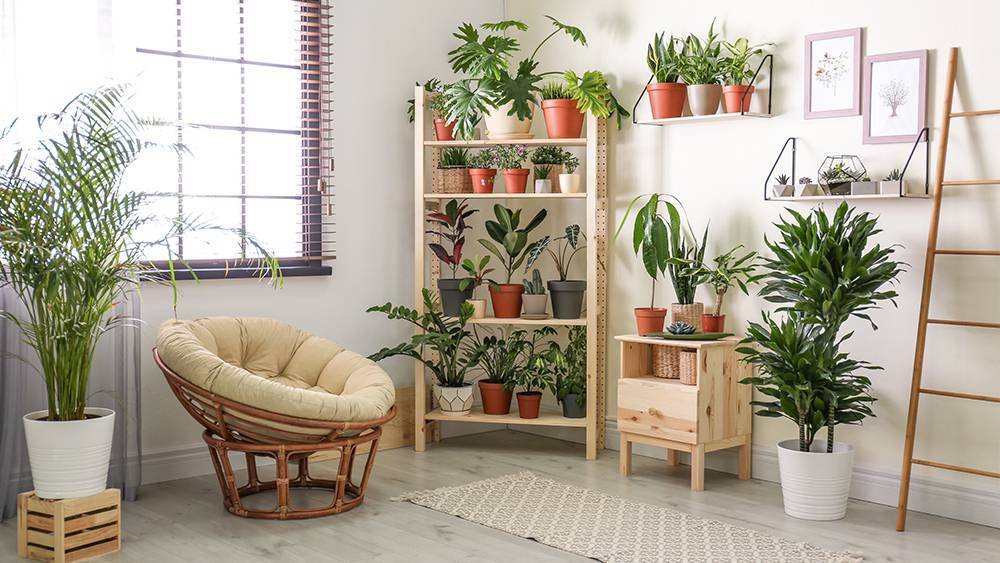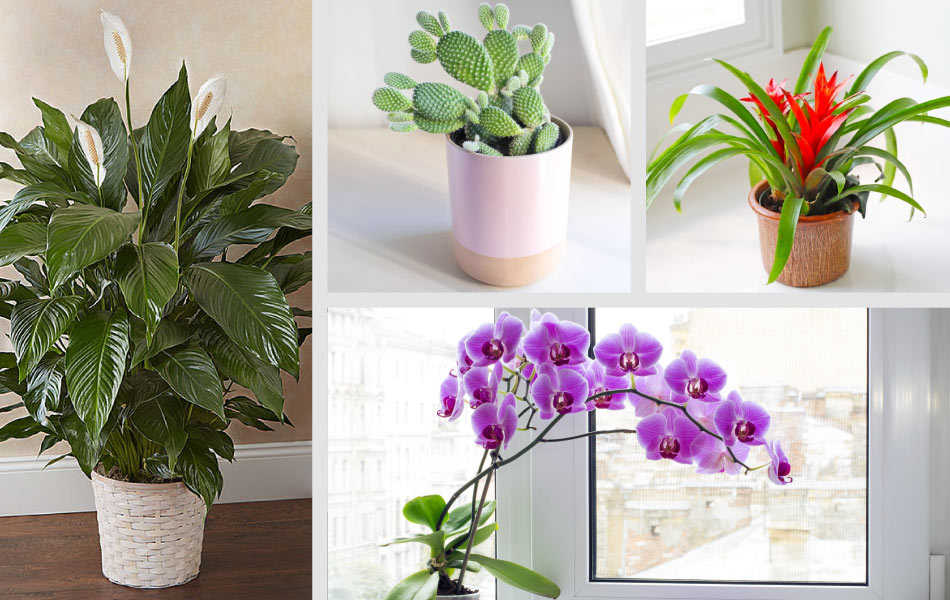Have you ever wondered whether your beloved indoor plants can help you manage humidity levels at home, especially during those sticky summer months? I know I did. One day, as I stared at my lush collection of ferns and spider plants, I asked myself: “Are they really helping with the humidity or is that just wishful thinking?”
Many of us love our indoor plants for the calming atmosphere they create and the greenery they add to our homes. But there’s a common belief floating around that plants can do more than just look good—they’re supposed to help lower humidity too. The question is, how effective are they at doing this? And, more importantly, should we still reach for the dehumidifier in the sweltering summer?
In this article, we’ll dive into the science of plants and humidity, explore just how much they can help, and figure out why using a dehumidifier might still be your best bet when the heat turns up.

Credit: cielowigle.com
What is Humidity and Why Does It Matter Indoors?
Humidity isn’t just a number on your weather app—it’s something you can really feel. Too much of it, and everything feels sticky, suffocating, and downright uncomfortable. But before we get into how to manage humidity, let’s first break down what it actually is.
Humidity refers to the amount of moisture in the air. There are a few ways to measure it—absolute humidity (the total amount of water vapor in the air) and relative humidity (how much moisture the air can hold at a specific temperature). Inside your home, you’re mainly concerned with relative humidity. When it’s too high, especially in the summer, it can lead to problems like mold growth, musty smells, and even damage to wooden furniture and walls. And let’s not forget, high humidity makes the air feel warmer than it really is.
If you’ve ever felt sluggish and uncomfortable in a hot, muggy room, you’ve experienced the consequences of poor humidity control. That’s why managing indoor humidity is so important, and why some of us (myself included) hoped that our indoor plants might provide a natural solution.
Do indoor plants reduce humidity?
Plants do absorb some moisture from the air, but their overall effect is so minimal that it’s almost unnoticeable in most homes. In larger or more humid spaces, the difference is even smaller. I remember reading a study that showed how a room packed with plants had only a negligible reduction in humidity—less than 2%. That’s nowhere near what you need to feel a difference when it’s 80% humidity outside.
“Indoor plants are great for improving air quality and enhancing the aesthetic of your space. However, when it comes to controlling indoor humidity, mechanical solutions like dehumidifiers are far more effective.”
— John Smith, Environmental Engineer, Home Climate Solutions
To get a clearer picture, I reached out to a local horticulturist, and she confirmed what I’d already suspected: “While plants do release moisture and can help balance the air, their capacity to lower humidity is very minimal,” she said. Essentially, while plants might slightly improve the feel of a room by releasing oxygen and purifying the air, they’re not going to dramatically change your indoor humidity levels. At best, they offer a nice complementary effect, but they’re no substitute for mechanical solutions.
How much humidity do plants give off?
So, how much can indoor plants really contribute to humidity control, and what can you expect if you rely on them? The truth is, the amount they lower humidity is pretty minimal—likely less than 5% in most cases, and that’s being generous. Even with a lot of plants, you’re not going to notice a big difference unless you’re in a very small, poorly ventilated room. And if your house already has good airflow, the impact of plants will be even less noticeable.
That said, I do think there’s something to be said for the overall effect plants can have. While they may not drastically reduce humidity, they can make the air feel fresher and cleaner, which might make the space feel more comfortable in other ways.
Why do you need a humidifier in the summer?
Dehumidifiers work by pulling in humid air, cooling it to remove moisture, and then blowing dry air back into the room. It’s a simple, effective process that’s especially helpful in areas like basements, kitchens, and bathrooms, where moisture tends to accumulate. Compared to plants, a dehumidifier will give you much more noticeable results in a short amount of time. And in areas with consistently high humidity, they’re practically a necessity.
What plant is good for humidity?
I’ve had a few of these plants in my home for years, and while I haven’t seen a major change in humidity levels, I do notice the air feels fresher. Boston ferns, in particular, are great for adding some humidity when the air gets too dry (which can happen with air conditioning). These plants work best when combined with other humidity control methods, like a dehumidifier or improved ventilation.
Understanding Plant Types
Different plants have different effects on humidity. Here are some common indoor plants:
| Plant Name | Humidity Effect |
|---|---|
| Spider Plant | Increases humidity |
| Peace Lily | Increases humidity |
| Snake Plant | Increases humidity |
| Cactus | Decreases humidity |

Credit: myfreshair.in
Can I use a dehumidifier with plants?
By using both, you can create a balanced environment where the plants contribute to air quality and the dehumidifier tackles the excess moisture. This approach works especially well in bedrooms or living rooms, where you want to create a comfortable atmosphere without relying solely on technology.
My Personal Journey
After trying everything from placing multiple indoor plants to running a dehumidifier, here’s what I learned firsthand. While I initially hoped my plants would help me avoid using the dehumidifier altogether, that wasn’t the case. The plants made my space feel fresher, and they certainly added some beauty and calm, but they didn’t lower the humidity enough to make a real difference.
I’m not alone in this. One user on a home improvement forum shared a similar experience: “I added a bunch of ferns to my bathroom thinking they’d soak up the steam, but honestly, the difference was barely noticeable.” The consensus seems to be that while plants are lovely additions to your home, they’re not a solution for high humidity.
How to stop humidity in house naturally?
Personally, I’ve found that simply cracking open a window for a few minutes each day can do wonders for preventing stuffiness, especially in areas like the kitchen where steam builds up quickly.
Final Words
While indoor plants may offer a small helping hand, they aren’t a miracle solution when it comes to humidity control. If you’re serious about managing humidity, especially in the summer, a dehumidifier is your best bet. Plants can complement this by improving air quality and adding to your home’s aesthetic, but they won’t replace a dehumidifier’s efficiency.
Frequently Asked Questions (FAQs)
1. Can All Indoor Plants Increase Humidity?
No, not all plants increase humidity. Cacti and some succulents prefer dry conditions.
2. How Much Humidity Do Indoor Plants Add?
The amount varies by plant type and size. Larger plants generally release more moisture.
3. Can I Use A Humidifier With Plants?
Yes, a humidifier can help maintain humidity levels. It works well with plants that need more moisture.
4. What Are The Best Plants For High Humidity?
Plants like ferns, peace lilies, and spider plants thrive in high humidity.
5. How Often Should I Water My Indoor Plants?
Watering depends on the plant. Check the soil moisture before watering.
Now you know that indoor plants do not decrease humidity. They can, in fact, enhance it. Enjoy the beauty and benefits of indoor plants in your home!